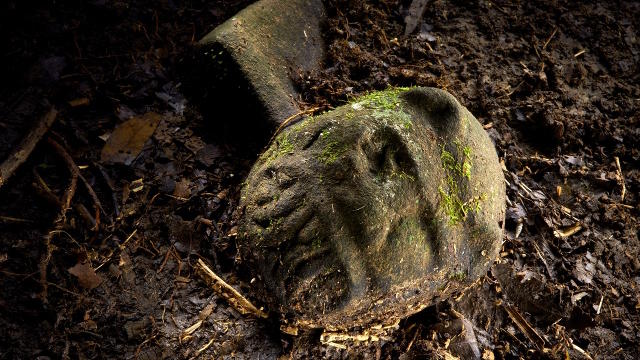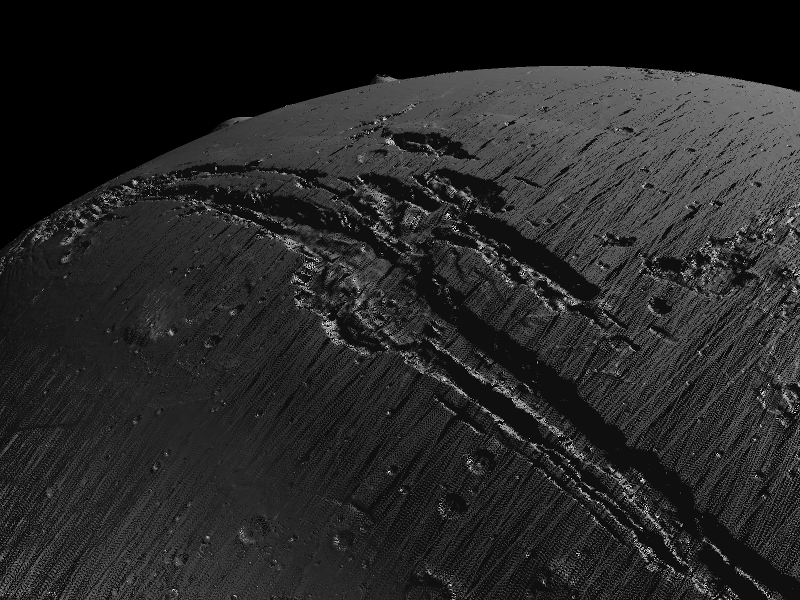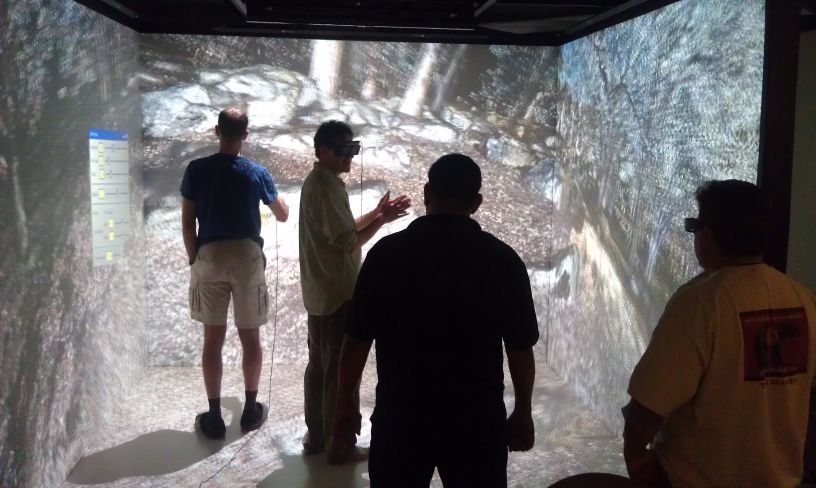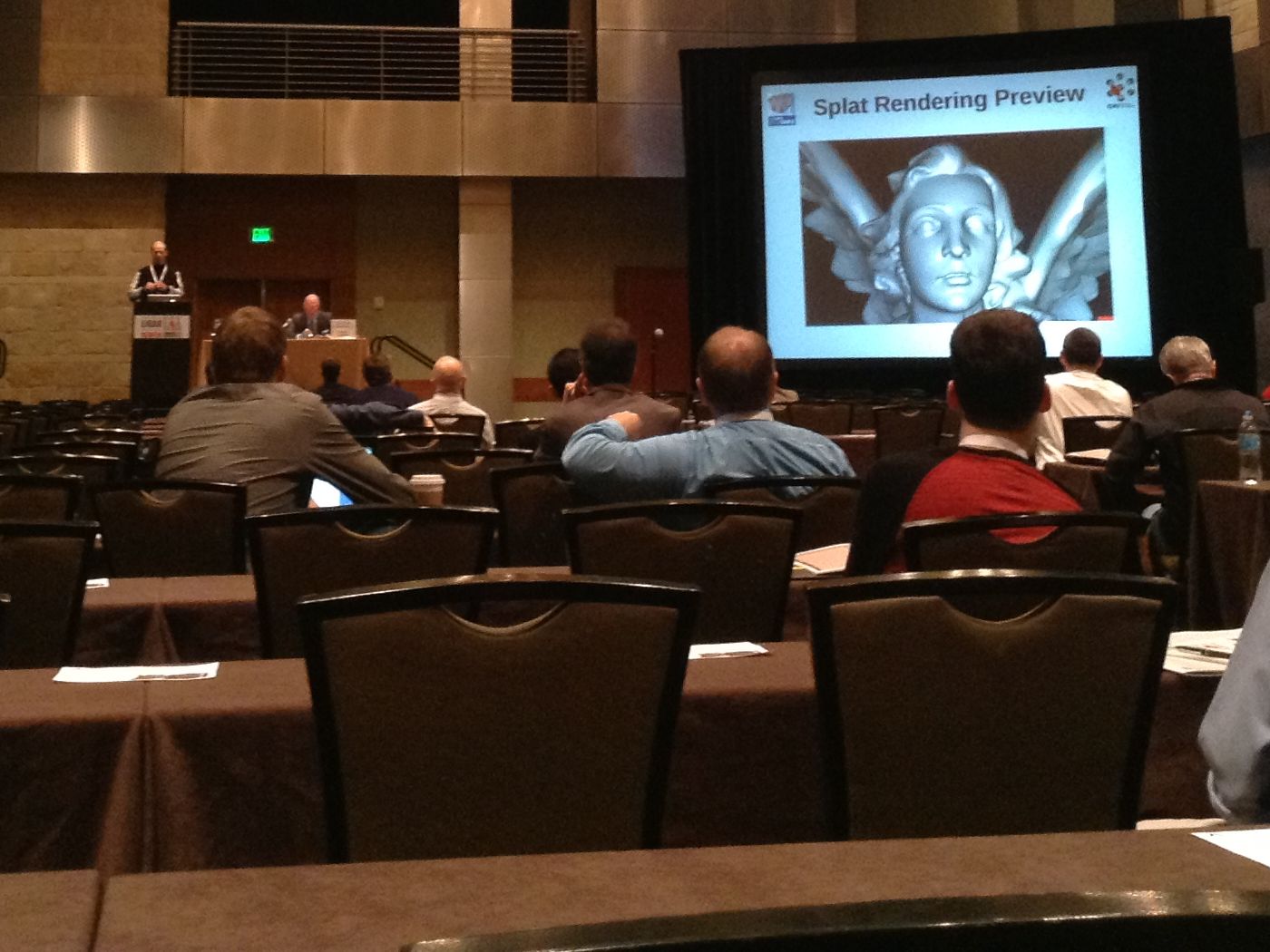There has been a lot of discussion about VR movies in the blogosphere and forosphere (just to pick two random examples), and even on Wired, recently, with the tenor being that VR movies will be the killer application for VR. There are even downloadable prototypes and start-up companies.
But will VR movies actually ever work?
This is a tricky question, and we have to be precise. So let’s first define some terms.
When talking about “VR movies,” people are generally referring to live-action movies, i.e., the kind that is captured with physical cameras and shows real people (well, actors, anyway) and environments. But for the sake of this discussion, live-action and pre-rendered computer-generated movies are identical.
We’ll also have to define what we mean by “work.” There are several things that people might expect from “VR movies,” but not everybody might expect the same things. The first big component, probably expected by all, is panoramic view, meaning that a VR movie does not only show a small section of the viewer’s field of view, but the entire sphere surrounding the viewer — primarily so that viewers wearing a head-mounted display can freely look around. Most people refer to this as “360° movies,” but since we’re all thinking 3D now instead of 2D, let’s use the proper 3D term and call them “4π sr movies” (sr: steradian), or “full solid angle movies” if that’s easier.
The second component, at least as important, is “3D,” which is of course a very fuzzy term itself. What “normal” people mean by 3D is that there is some depth to the movie, in other words, that different objects in the movie appear at different distances from the viewer, just like in reality. And here is where expectations will vary widely. Today’s “3D” movies (let’s call them “stereo movies” to be precise) treat depth as an independent dimension from width and height, due to the realities of stereo filming and projection. To present filmed objects at true depth and with undistorted proportions, every single viewer would have to have the same interpupillary distance, all movie screens would have to be the exact same size, and all viewers would have to sit in the same position relative the the screen. This previous post and video talks in great detail about what happens when that’s not the case (it is about head-mounted displays, but the principle and effects are the same). As a result, most viewers today would probably not complain about the depth in a VR movie being off and objects being distorted, but — and it’s a big but — as VR becomes mainstream, and more people experience proper VR, where objects are at 1:1 scale and undistorted, expectations will rise. Let me posit that in the long term, audiences will not accept VR movies with distorted depth.
Continue reading →
Like this:
Like Loading...








